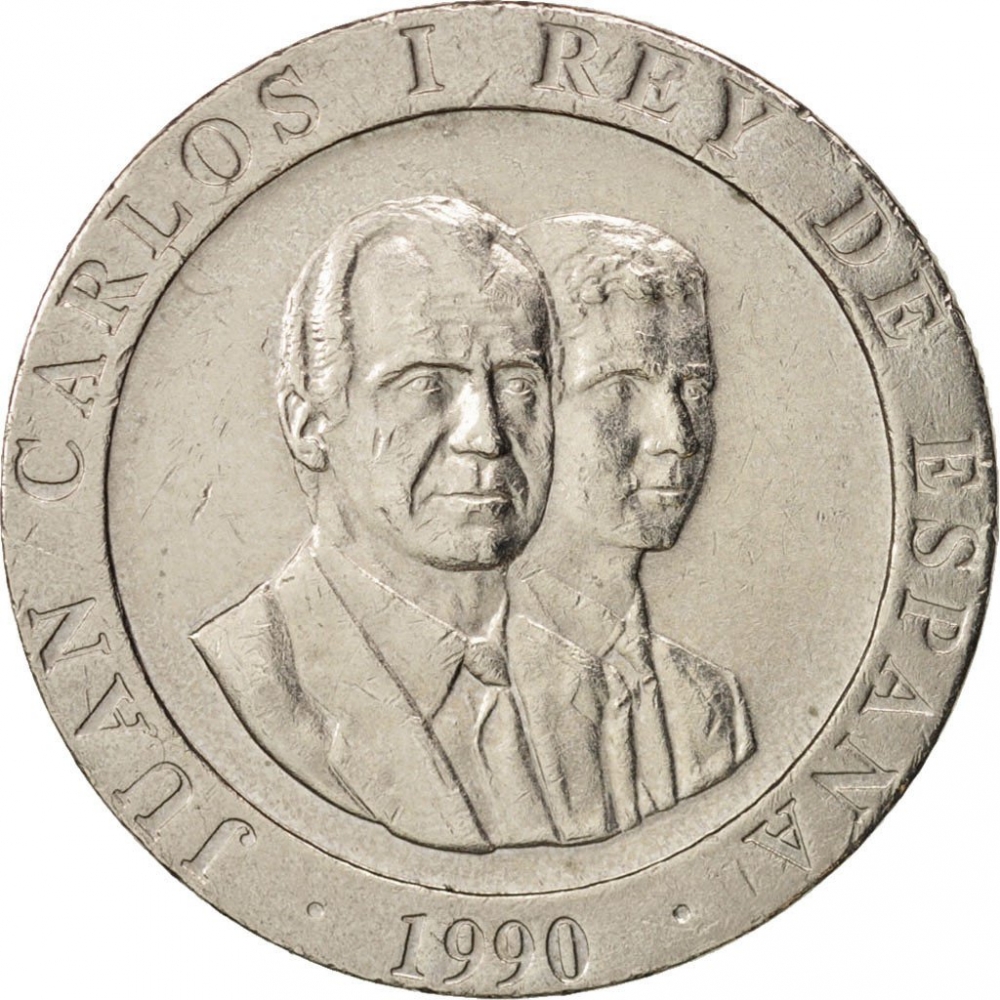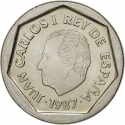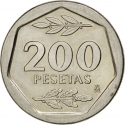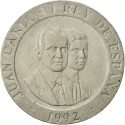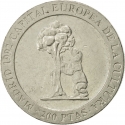You are about to finish your registration. Please check your mailbox (including spam folder). There should be a letter with a confirmation link. Check setting to make sure that your e-mail address is correct.
Send letter againDescription
Juan Carlos I (born 5 January 1938) reigned as King of Spain from 1975 until his abdication in 2014. Juan Carlos is the grandson of Alfonso XIII, the last king of Spain prior to the monarchy's abolition in 1931 and the subsequent declaration of the Second Spanish Republic. Following his victory in the Spanish Civil War in 1939, Generalísimo Francisco Franco, the Spanish dictator, took over the government of Spain and in 1947, Spain's status as a monarchy was affirmed and a law was passed allowing Franco to choose his successor. Franco died in November the following year and Juan Carlos became king on 22 November 1975, two days after Franco's death, the first reigning monarch since 1931. Expected to continue Franco's legacy, soon after his accession, Juan Carlos, however, introduced reforms to dismantle the Francoist regime and begin the Spanish transition to democracy. This led to the approval of the Spanish Constitution of 1978 in a referendum, which re-established a constitutional monarchy.
Obverse

|
Conjoined busts of King and Crown Prince right. JUAN CARLOS I REY DE ESPANA |
|---|---|
Reverse

|
Cibeles Fountain statue within a circle. Denomination above, mintmark below. • 200 PESETAS • |
| Edge |
200 Pesetas
KM# 855 Schön# 68
Characteristics
| Material | Cupronickel |
| Weight | 10.5 g |
| Diameter | 25.5 mm |
| Thickness | 2.5 mm |
| Shape |
|
| Alignment | Coin |
| Mint |
Royal Spanish Mint (FNMT-RCM)
|
